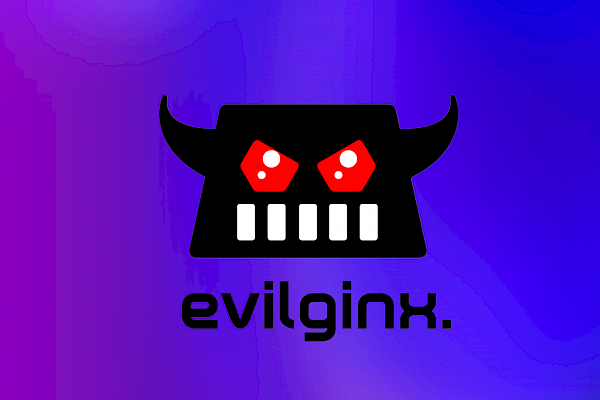The LinkedIn Security Breach and the Intricacies of Data Scraping
Understanding the Recent LinkedIn Breach in the Context of Data Scraping
The 2023 LinkedIn security breach, initially perceived as a significant threat, turned out to be less severe due to the inclusion of many fictitious email addresses. This incident, which involved the extraction of large data sets from LinkedIn, highlights the growing concern around data scraping practices by hackers. Despite the fabricated elements, the breach exposes the vulnerabilities and potential misuses of data scraping in today's digital landscape.
What is Data Scraping?
Data scraping is an automated process where bots and crawlers extract large volumes of data from websites. It's commonly used for legitimate purposes like gathering information for research or business intelligence. However, in the hands of hackers, data scraping becomes a tool for gathering sensitive information without consent.
Web Scraping vs. Screen Scraping
- Web Scraping involves extracting data from websites. It's used to gather specific information from web pages, such as user profiles, product details, or prices.
- Screen Scraping refers to the process of capturing data displayed on the screen of a device. It is less about extracting data from the web and more about capturing displayed information, regardless of its source.
LinkedIn Breach: A Case of Web Scraping
The LinkedIn breach is an example of web scraping, where hackers used automated tools to extract user data, including email addresses. The inclusion of fictitious email addresses complicates the matter, as they can still pose risks. Hackers can use them in conjunction with real data to create confusion or launch targeted phishing attacks.
Top Tools Used for Data Scraping
- KASPR: A tool specifically designed for LinkedIn, offering features for extracting and enriching contact information from profiles【7†source】.
- Octoparse: An intuitive tool that automates the process of scraping web data, turning unstructured data into a structured format.
- Scrapy: A fast and powerful open-source web crawling framework, used primarily for extracting data from websites.
- ParseHub: A visual data extraction tool that uses machine learning to transform web data into useful formats like spreadsheets or APIs.
- Beautiful Soup: A Python library for pulling data out of HTML and XML files, often used for web scraping tasks.
KASPR’s Guide on Applying Data Breaches to LinkedIn Profiles
KASPR provides a step-by-step guide on applying data breaches to LinkedIn profiles. This guide emphasizes the importance of ethical considerations and compliance with data protection regulations in the context of data scraping on LinkedIn【7†source】.
Sources
- KASPR - Data Scraping on LinkedIn Guide: https://www.kaspr.io/de/blog/data-scraping-auf-linkedin
- Troy Hunt - Hackers, Scrapers & Fakers: https://www.troyhunt.com/hackers-scrapers-fakers-whats-really-inside-the-latest-linkedin-dataset/
- Octoparse: https://www.octoparse.com/
- Scrapy: https://scrapy.org/
- ParseHub: https://www.parsehub.com/
- Beautiful Soup: https://www.crummy.com/software/BeautifulSoup/


